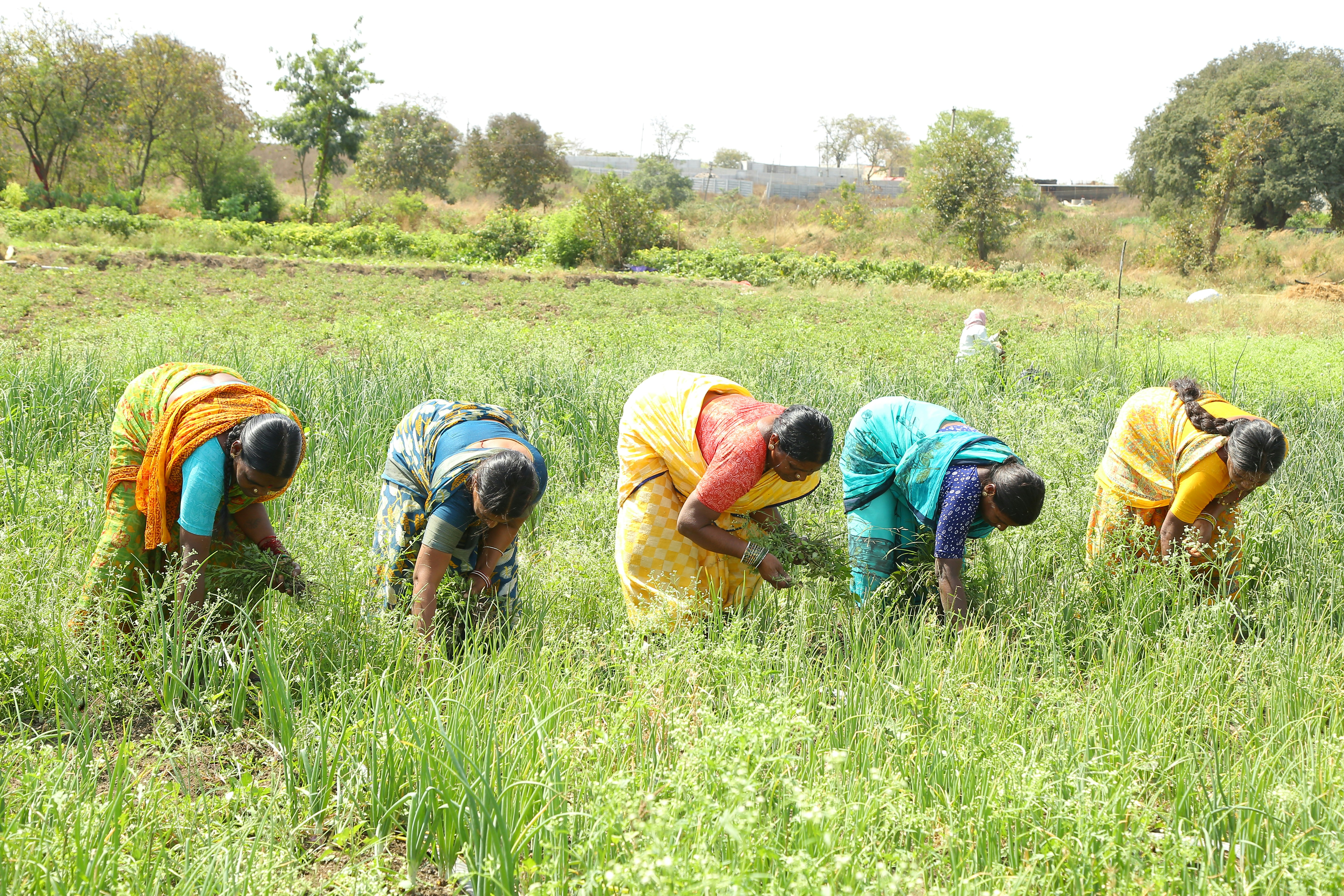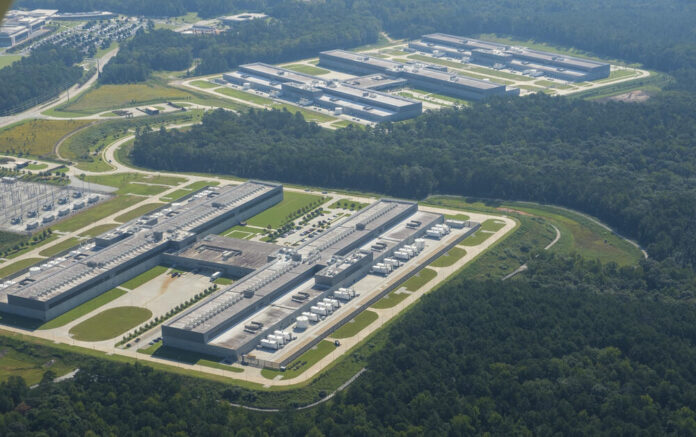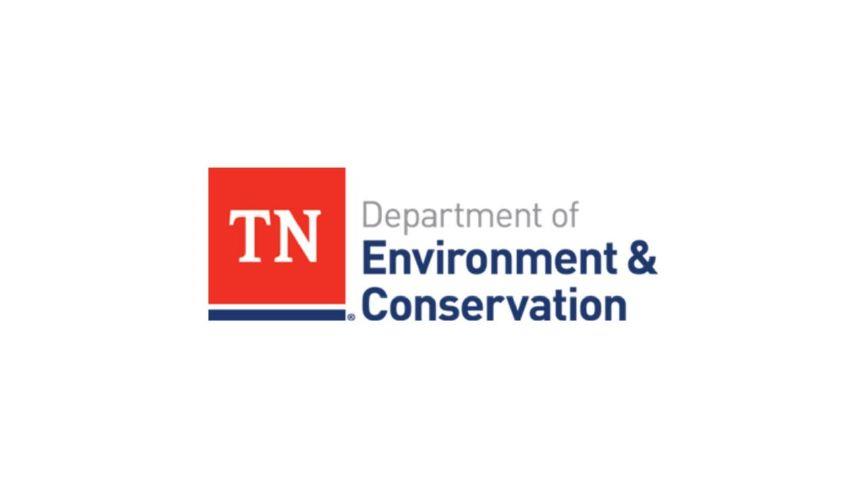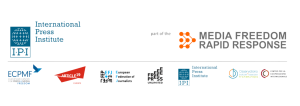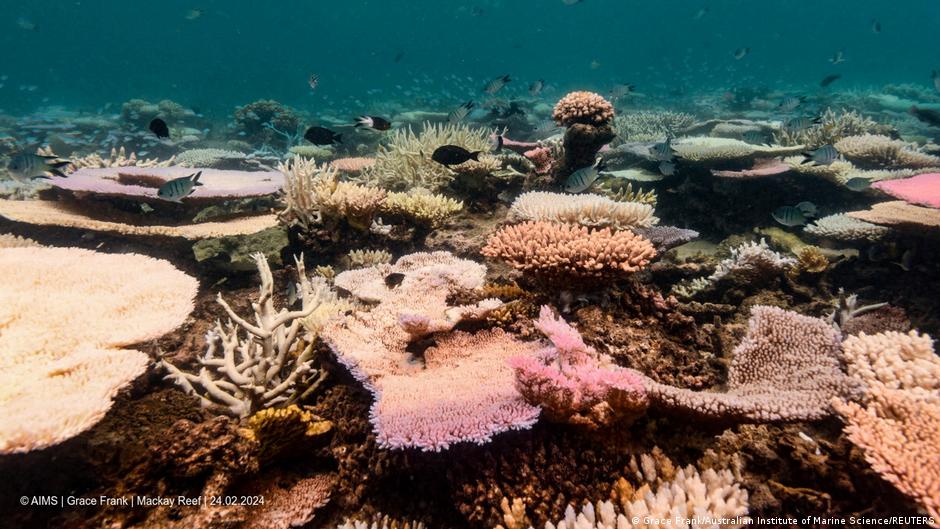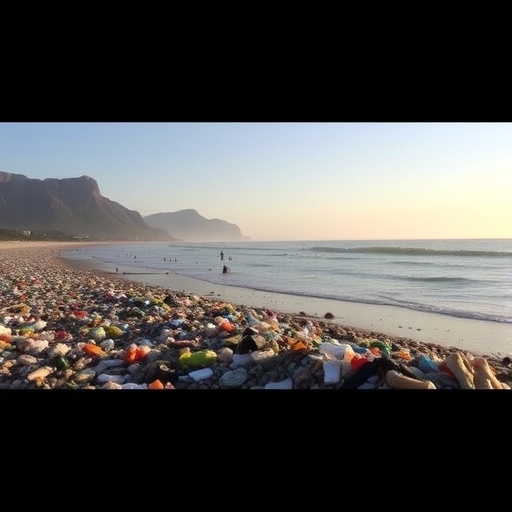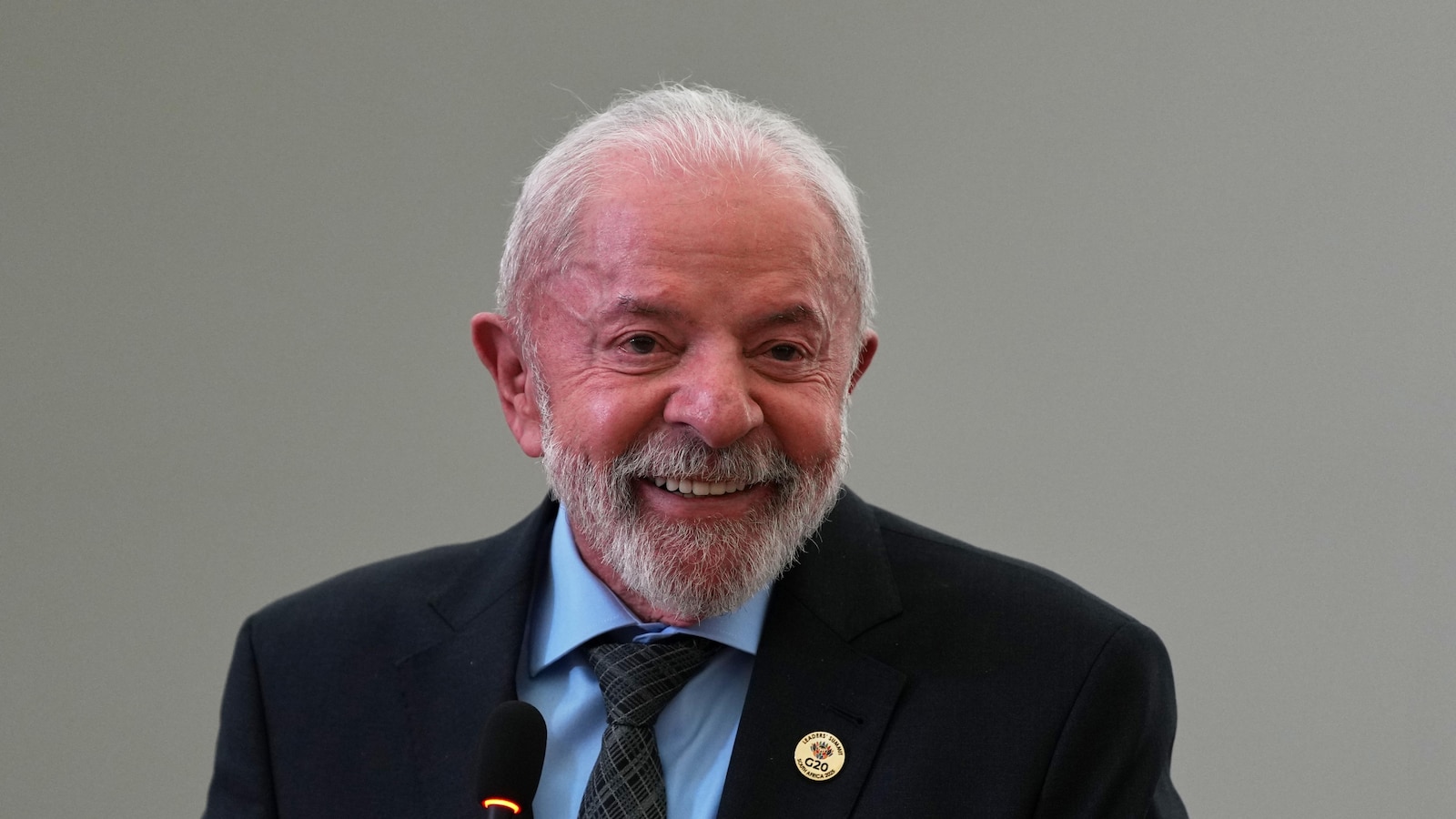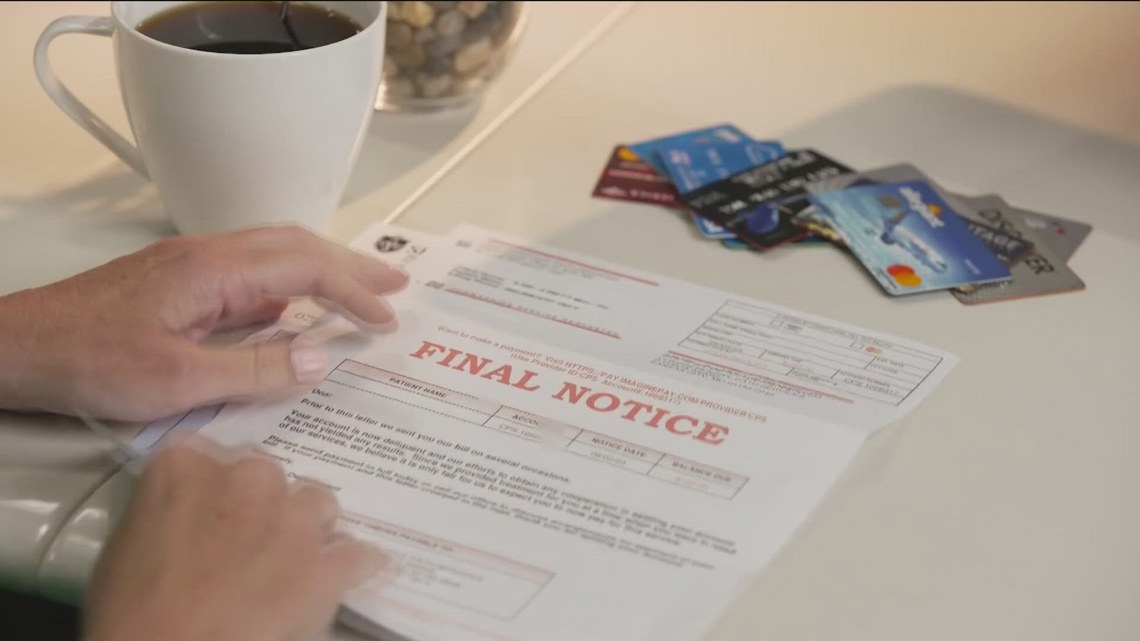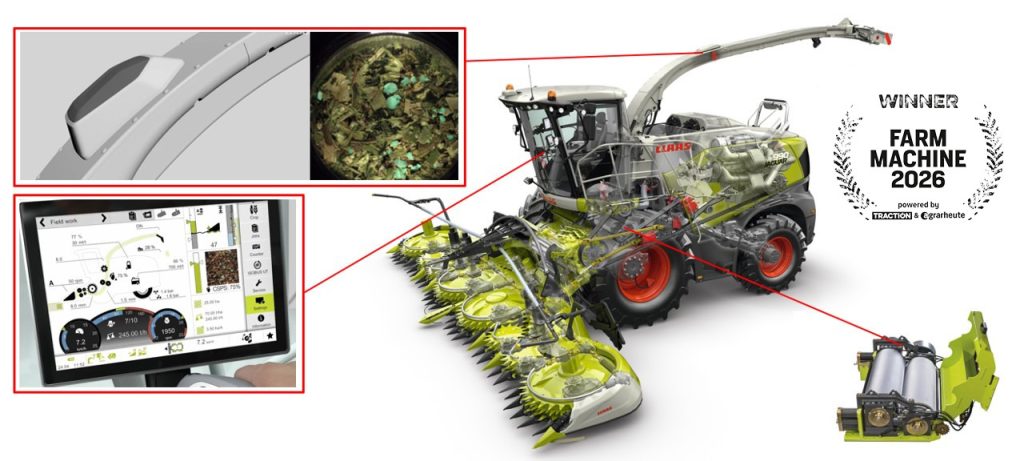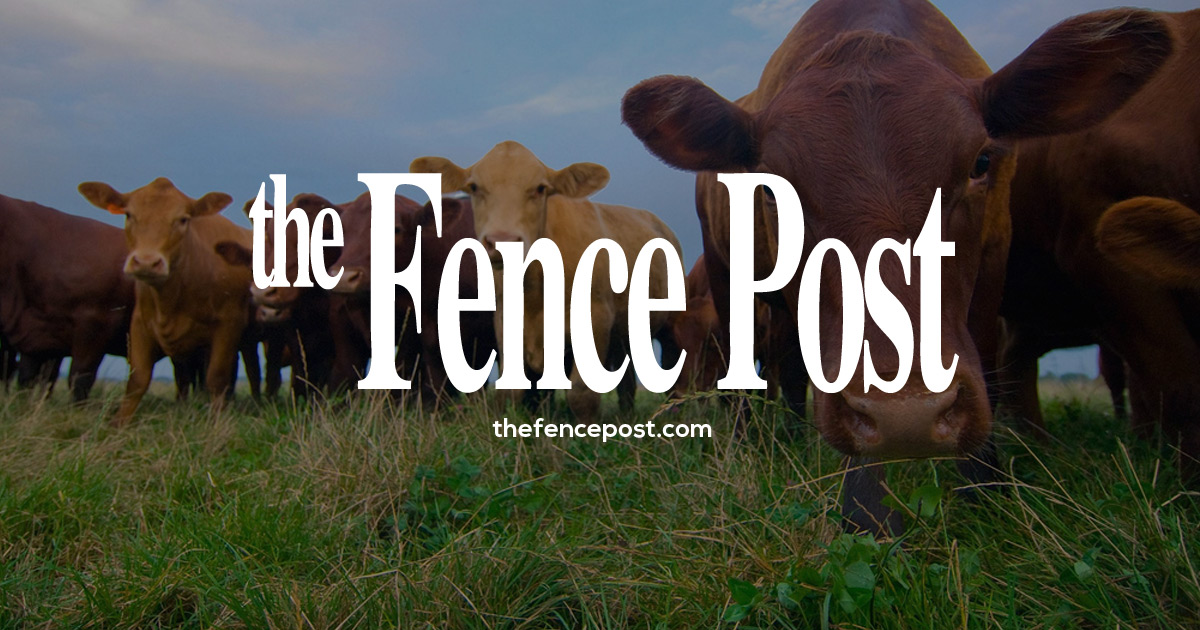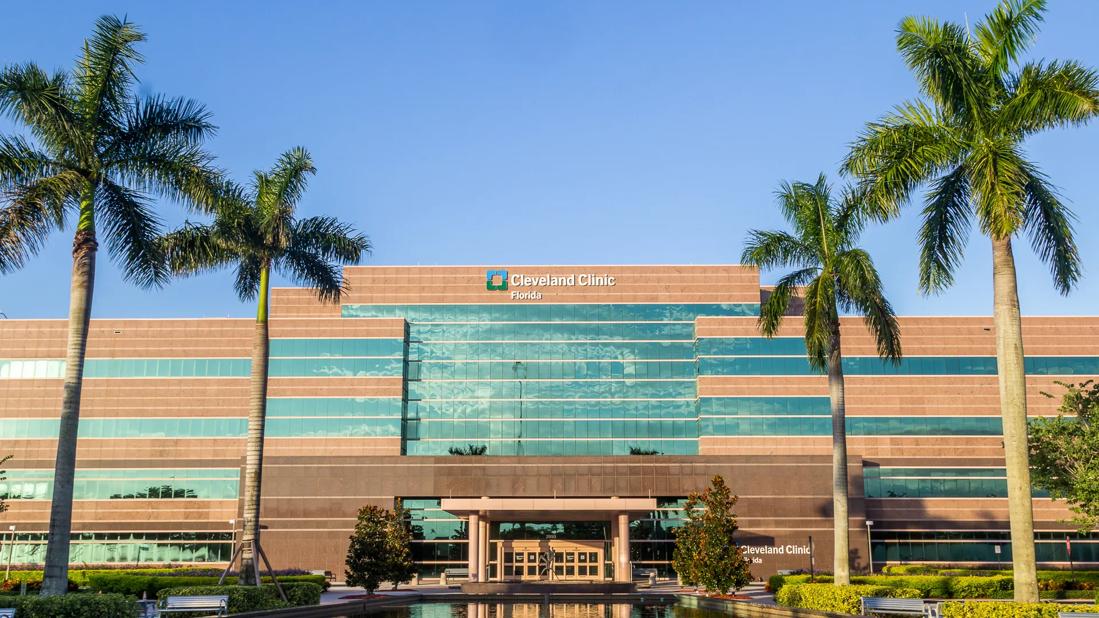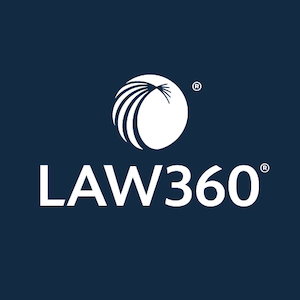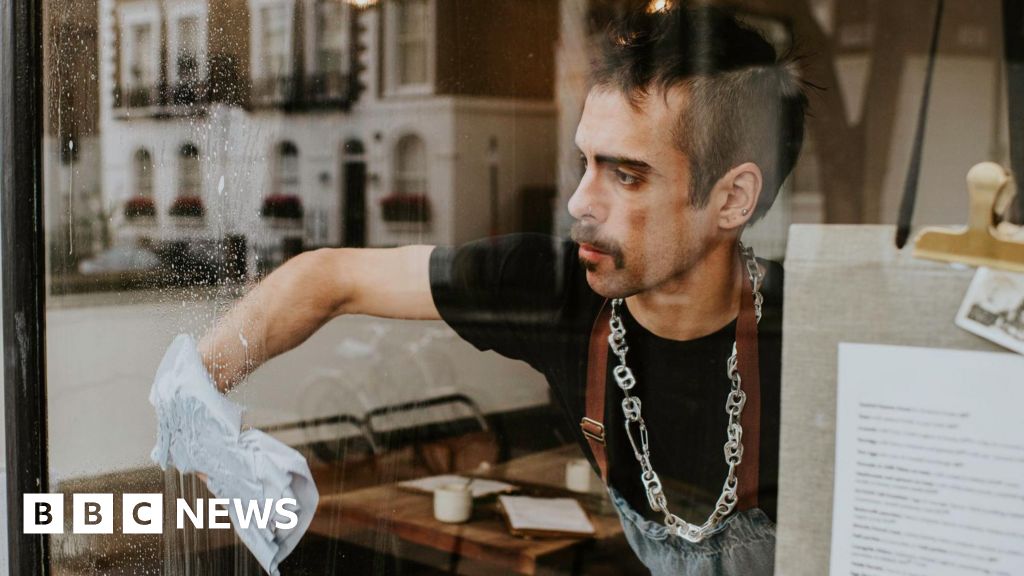Solvang Wastewater Treatment Plant to Get Upgrade Using $1M Federal Grant – The Santa Barbara Independent

Project Overview: Solvang Wastewater Treatment Plant Modernization
The City of Solvang is undertaking a significant infrastructure project to upgrade its wastewater treatment plant. This initiative, supported by federal funding, is critically aligned with several United Nations Sustainable Development Goals (SDGs), primarily focusing on water sanitation, resilient infrastructure, and sustainable communities.
Alignment with SDG 6: Clean Water and Sanitation
The project directly addresses the core targets of SDG 6 by ensuring the availability and sustainable management of water and sanitation for the community.
Enhancing Water Quality and Management
- The modernization will replace outdated infrastructure to improve wastewater treatment processes, contributing to Target 6.3 by improving water quality through effective treatment.
- It will safeguard reliable access to clean water resources for all residents, a fundamental objective of SDG 6.
- Upgrades to the water quality laboratory will enhance monitoring capabilities, ensuring compliance with environmental standards.
Promoting Water-Use Efficiency and Recycling
- Treated wastewater is utilized for non-potable applications, including landscape irrigation and street cleaning. This practice directly supports Target 6.4 by increasing water-use efficiency and addressing water scarcity exacerbated by drought conditions.
- The project includes new infrastructure elements designed for the potential future expansion of recycled water treatment, furthering the city’s commitment to sustainable water reuse.
Strengthening Infrastructure and Community Resilience (SDG 9 & SDG 11)
The upgrade is a key investment in building resilient infrastructure and making the City of Solvang a more sustainable and safe community, in line with SDG 9 (Industry, Innovation, and Infrastructure) and SDG 11 (Sustainable Cities and Communities).
Modernizing Critical Infrastructure
Planned improvements are designed to create reliable, sustainable, and resilient infrastructure as per Target 9.1. These include:
- Enhancements to core treatment processes.
- Comprehensive electrical system upgrades.
- Modernization of the water quality laboratory and administrative buildings.
- Installation of foundational infrastructure for future water recycling expansion.
Building Emergency and Climate Preparedness
- The project will strengthen the city’s emergency preparedness capabilities, making its water systems more resilient to disruptions such as state water pipeline repairs and the effects of climate change, such as drought (Target 11.5 and 13.1).
- By ensuring a stable supply of treated water for non-potable uses, the city reduces its vulnerability during periods of fluctuating state water allocations.
Financial Framework and Collaborative Partnerships (SDG 17)
The project’s funding model exemplifies SDG 17 (Partnerships for the Goals) through its reliance on multi-level collaboration between local and national entities.
Funding and Investment
- A $1 million federal grant, secured through the Community Project Funding (CPF) initiative, will be allocated to the project.
- This federal contribution covers approximately 5% of the total estimated project cost of $18 million.
- The United States Department of Agriculture (USDA) Rural Development program serves as the primary financing partner.
- The city continues to seek additional state and federal grant programs to minimize the financial impact on local ratepayers.
Project Timeline and Future Outlook
- Construction Commencement: 2027
- Projected Completion: 2029
This long-term investment is considered essential for Solvang’s future, ensuring the city can maintain reliable service, meet environmental standards, and address emergency preparedness needs for years to come.
Analysis of SDGs, Targets, and Indicators
1. Which SDGs are addressed or connected to the issues highlighted in the article?
- SDG 6: Clean Water and Sanitation
- SDG 9: Industry, Innovation, and Infrastructure
- SDG 11: Sustainable Cities and Communities
- SDG 13: Climate Action
- SDG 17: Partnerships for the Goals
2. What specific targets under those SDGs can be identified based on the article’s content?
SDG 6: Clean Water and Sanitation
-
Target 6.3: By 2030, improve water quality by reducing pollution… halving the proportion of untreated wastewater and substantially increasing recycling and safe reuse globally.
Explanation: The article’s central theme is the upgrade of a wastewater treatment plant. This project directly aims to “enhance treatment processes” and includes “new infrastructure elements for potential future expansion of recycled water treatment.” The use of treated wastewater for “landscape irrigation, toilet flushing, and street cleaning” is a clear example of water recycling and reuse.
SDG 9: Industry, Innovation, and Infrastructure
-
Target 9.1: Develop quality, reliable, sustainable and resilient infrastructure… to support economic development and human well-being.
Explanation: The project focuses on modernizing infrastructure to ensure it is reliable and resilient. The article states the goal is to “replace outdated infrastructure,” perform “electrical system upgrades,” and strengthen “emergency preparedness capabilities” to maintain “reliable service for our residents and businesses.”
SDG 11: Sustainable Cities and Communities
-
Target 11.5: By 2030, significantly reduce… the number of people affected and… direct economic losses… caused by disasters, including water-related disasters.
Explanation: The upgrade is designed to “strengthen emergency preparedness capabilities” and “safeguard reliable access to clean water” for the community. This is particularly relevant in the context of “temporary disruptions due to repairs on the State Water Project pipeline” and ongoing “drought conditions,” which can be considered water-related hazards or disasters.
SDG 13: Climate Action
-
Target 13.1: Strengthen resilience and adaptive capacity to climate-related hazards and natural disasters in all countries.
Explanation: The article explicitly mentions that the state “continues to grapple with drought conditions.” The use of treated wastewater “helps fill gaps” in water supply during these periods. This project enhances the city’s resilience and adaptive capacity to drought, a significant climate-related hazard.
SDG 17: Partnerships for the Goals
-
Target 17.17: Encourage and promote effective public, public-private and civil society partnerships.
Explanation: The project is funded through a multi-level public partnership. It involves a “$1 million federal grant championed by Congressmember Salud Carbajal,” the “Community Project Funding (CPF) initiative” at the federal level, the “United States Department of Agriculture (USDA) Rural Development program” as a primary financing partner, and the “City of Solvang” at the local level.
3. Are there any indicators mentioned or implied in the article that can be used to measure progress towards the identified targets?
Indicators for SDG 6
-
Implied Indicator for Target 6.3: Proportion of wastewater safely treated and volume of recycled water used.
Explanation: The project’s success can be measured by the improved quality of treated wastewater and the increased volume of recycled water used for non-potable purposes like “landscape irrigation, toilet flushing, and street cleaning,” reducing reliance on other water sources.
Indicators for SDG 9
-
Mentioned Indicator for Target 9.1: Total investment in infrastructure.
Explanation: The article specifies the total investment, stating the project has an “estimated $18 million total cost” and has secured a “$1 million federal grant.” This financial commitment is a direct indicator of investment in sustainable infrastructure.
Indicators for SDG 11 & 13
-
Implied Indicator for Targets 11.5 and 13.1: Implementation of a local disaster risk reduction strategy for water security.
Explanation: The project itself, by strengthening “emergency preparedness capabilities” and providing an alternative water source during droughts and pipeline disruptions, represents a tangible component of a strategy to reduce the community’s vulnerability to water-related hazards.
Indicators for SDG 17
-
Mentioned Indicator for Target 17.17: Dollar value of financial resources mobilized through multi-stakeholder partnerships.
Explanation: The article explicitly states the “$1 million federal grant” and mentions the “USDA Rural Development funding package” as financial resources mobilized through a partnership between federal and local government entities.
4. Create a table with three columns titled ‘SDGs, Targets and Indicators” to present the findings from analyzing the article.
| SDGs | Targets | Indicators |
|---|---|---|
| SDG 6: Clean Water and Sanitation | 6.3: Improve water quality and increase water recycling and safe reuse. | Proportion of wastewater safely treated and volume of recycled water used for non-potable purposes. |
| SDG 9: Industry, Innovation, and Infrastructure | 9.1: Develop quality, reliable, sustainable and resilient infrastructure. | Total investment in infrastructure (mentioned as $18 million total cost). |
| SDG 11: Sustainable Cities and Communities | 11.5: Reduce the impact of disasters, including water-related disasters. | Implementation of a local disaster risk reduction strategy for water security (implied by strengthening “emergency preparedness capabilities”). |
| SDG 13: Climate Action | 13.1: Strengthen resilience and adaptive capacity to climate-related hazards. | Enhanced adaptive capacity to drought through the use of treated wastewater. |
| SDG 17: Partnerships for the Goals | 17.17: Encourage and promote effective public partnerships. | Dollar value of financial resources mobilized through partnerships (mentioned as a $1 million federal grant and USDA funding package). |
Source: independent.com
What is Your Reaction?
 Like
0
Like
0
 Dislike
0
Dislike
0
 Love
0
Love
0
 Funny
0
Funny
0
 Angry
0
Angry
0
 Sad
0
Sad
0
 Wow
0
Wow
0

